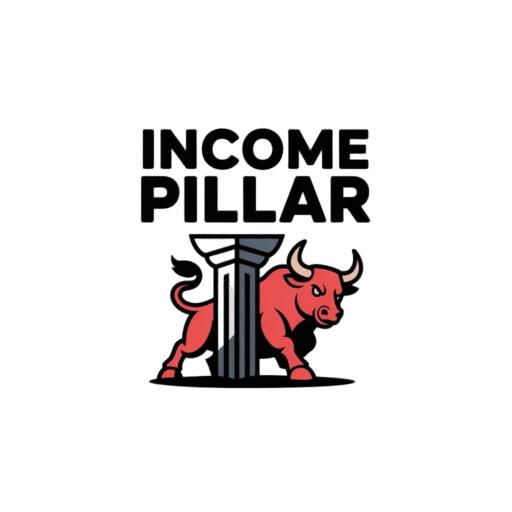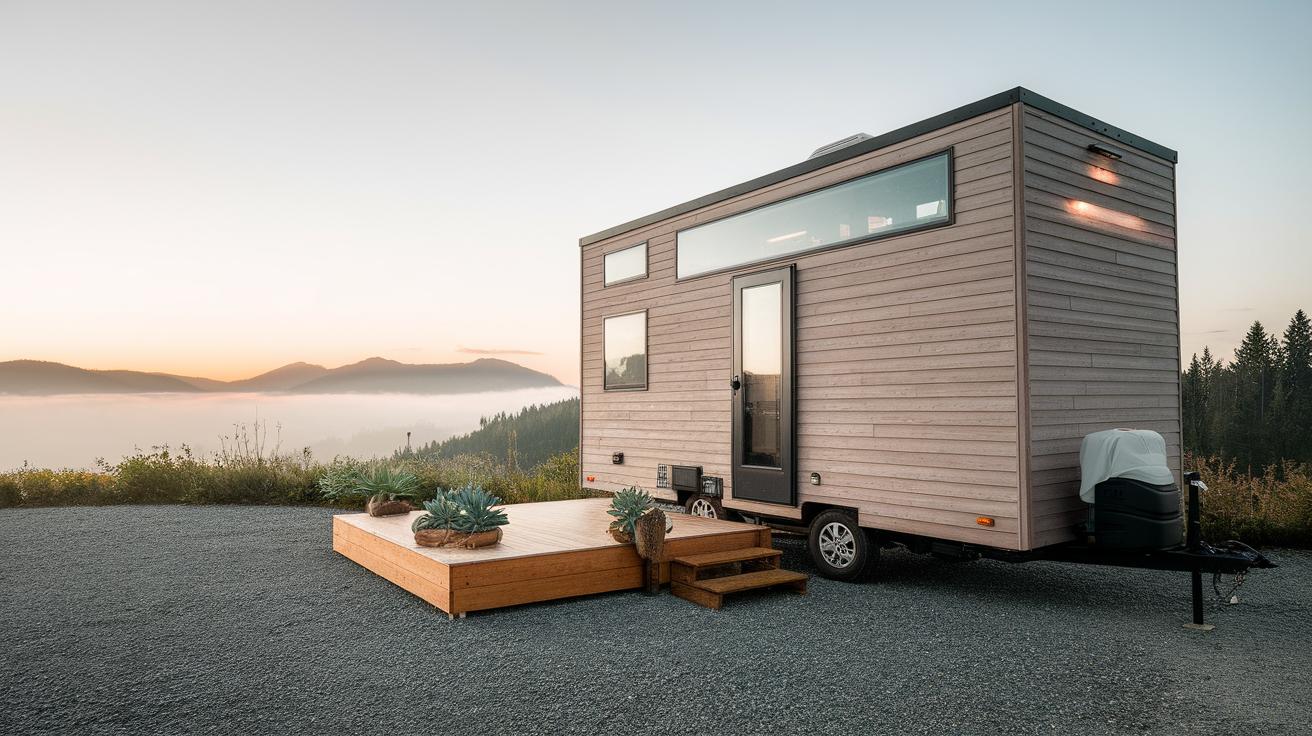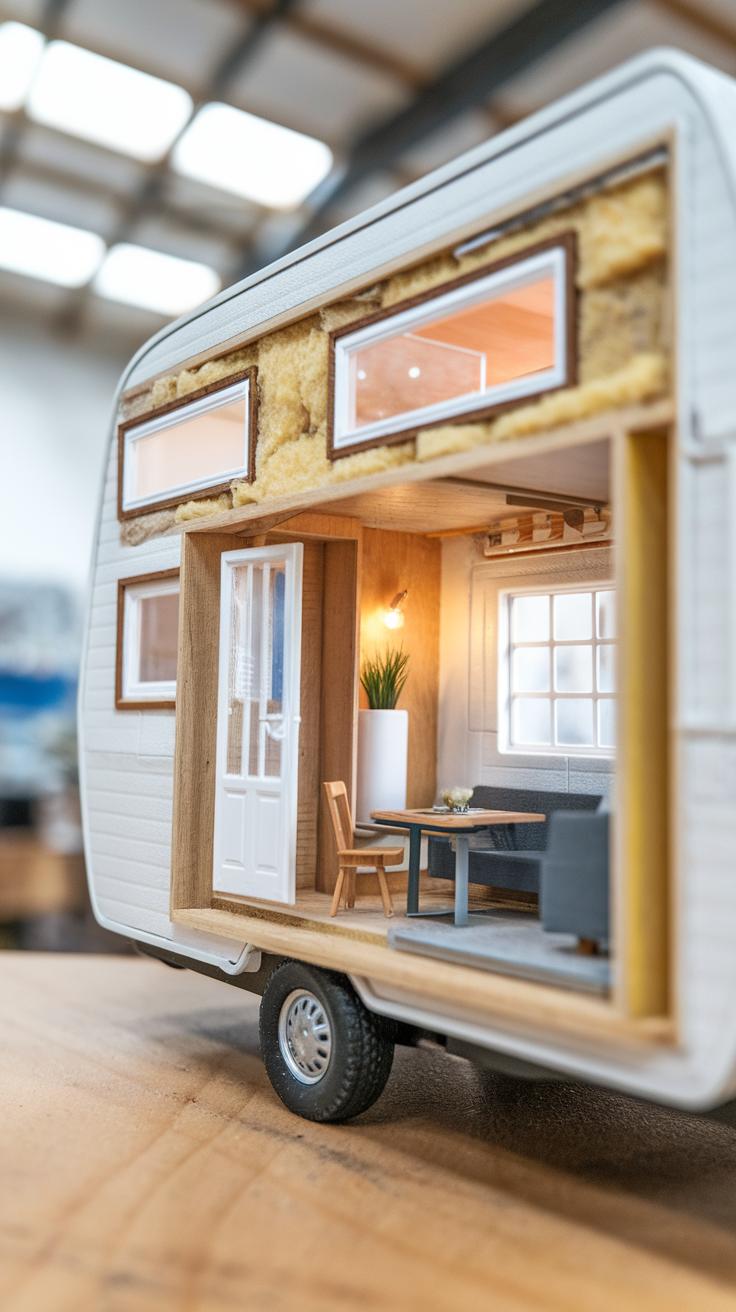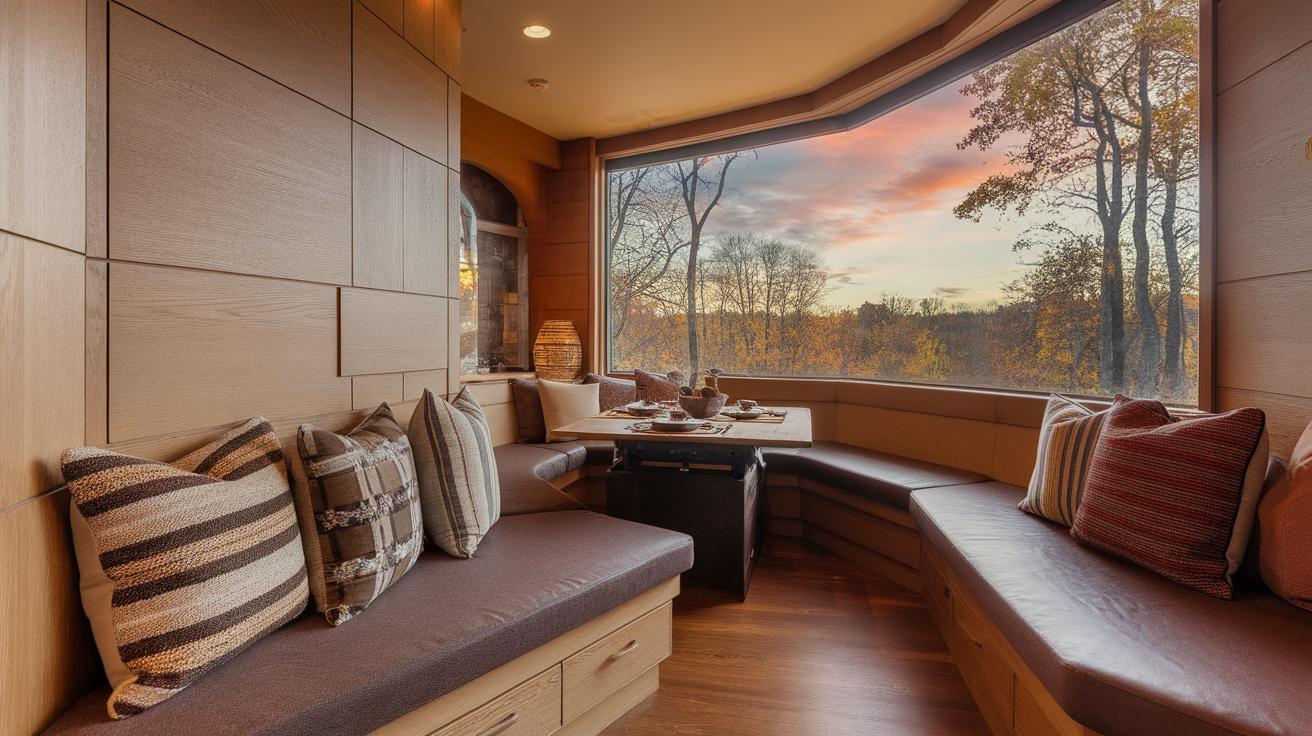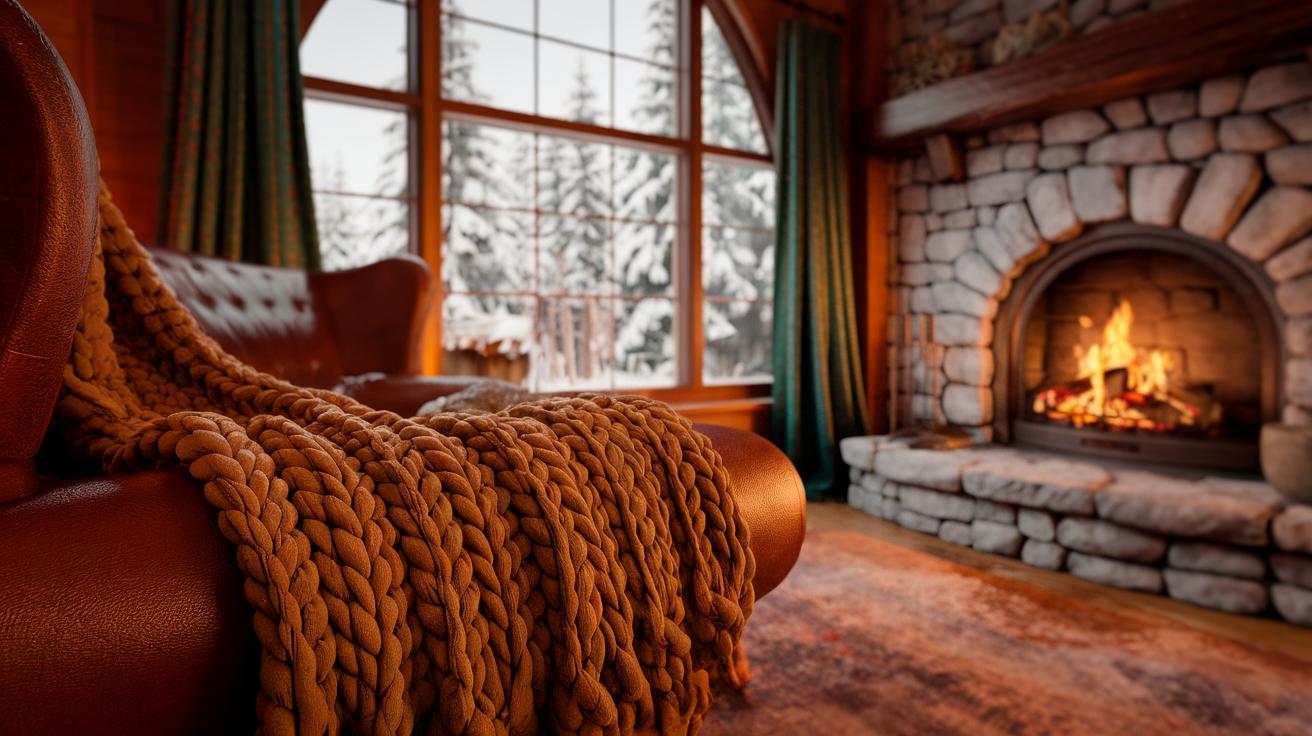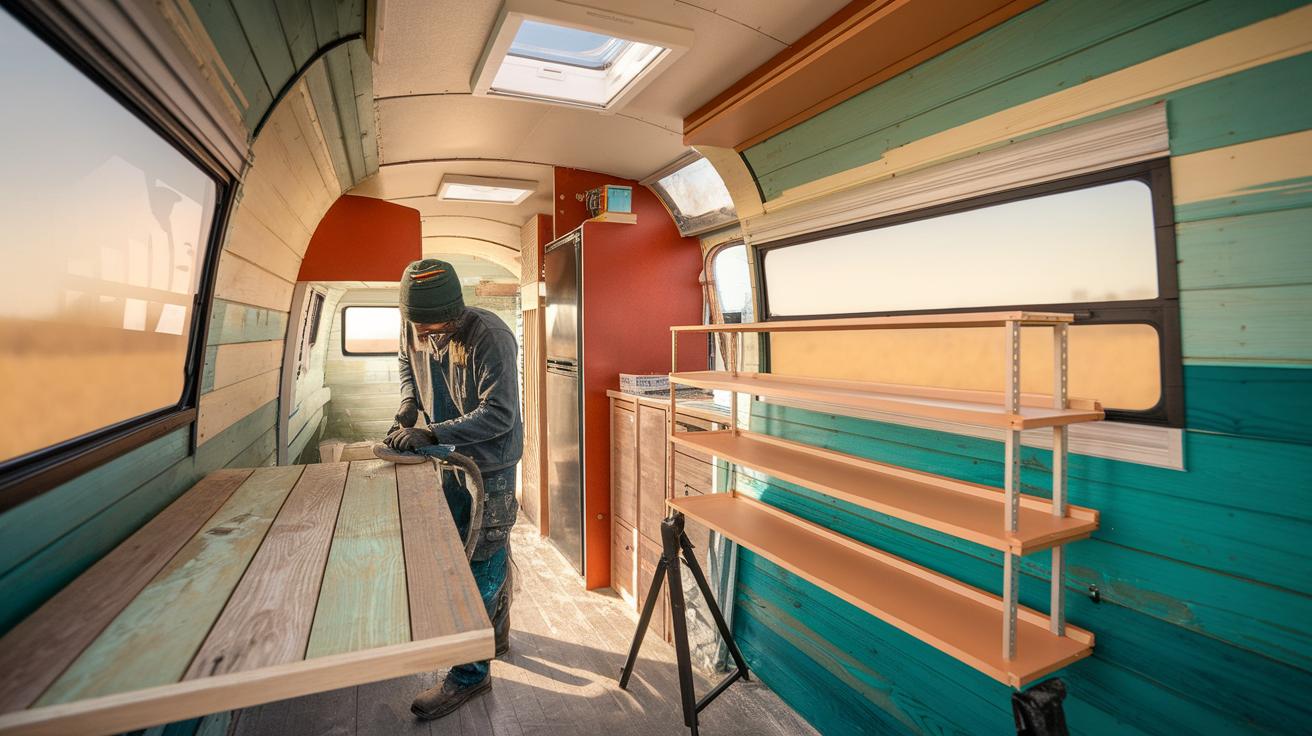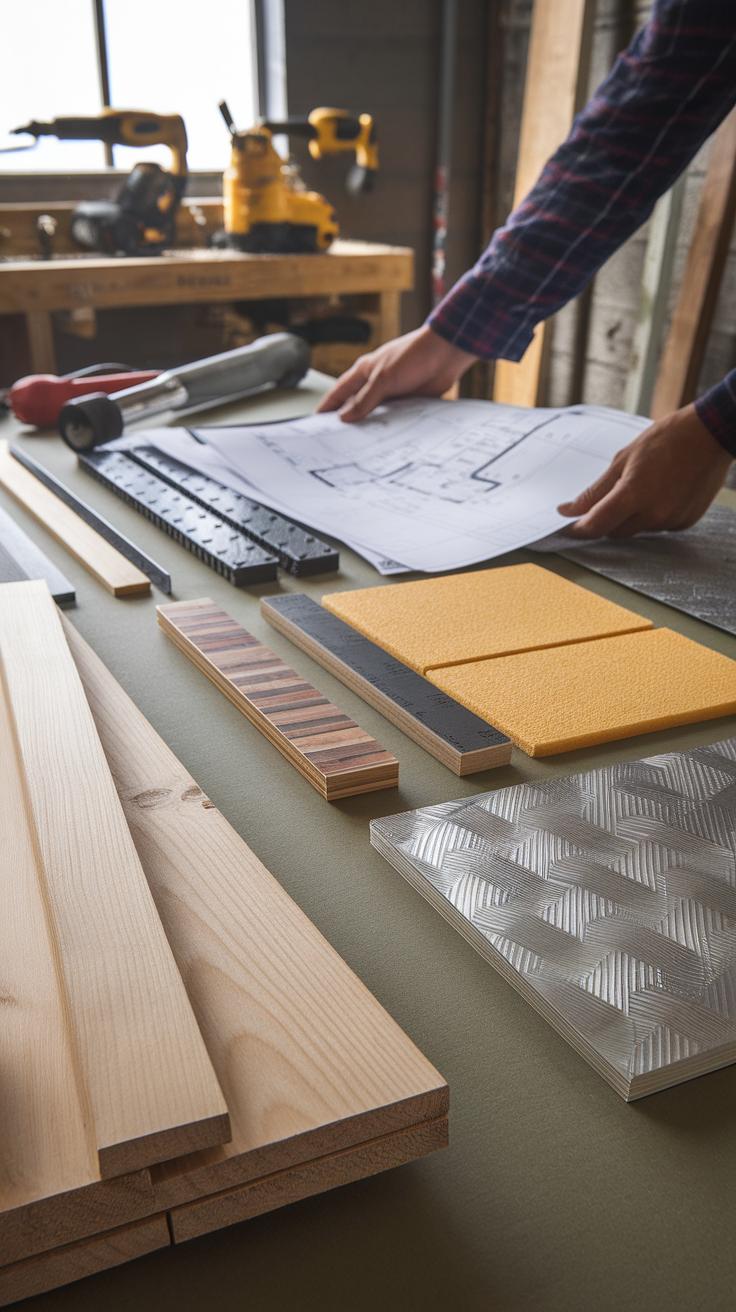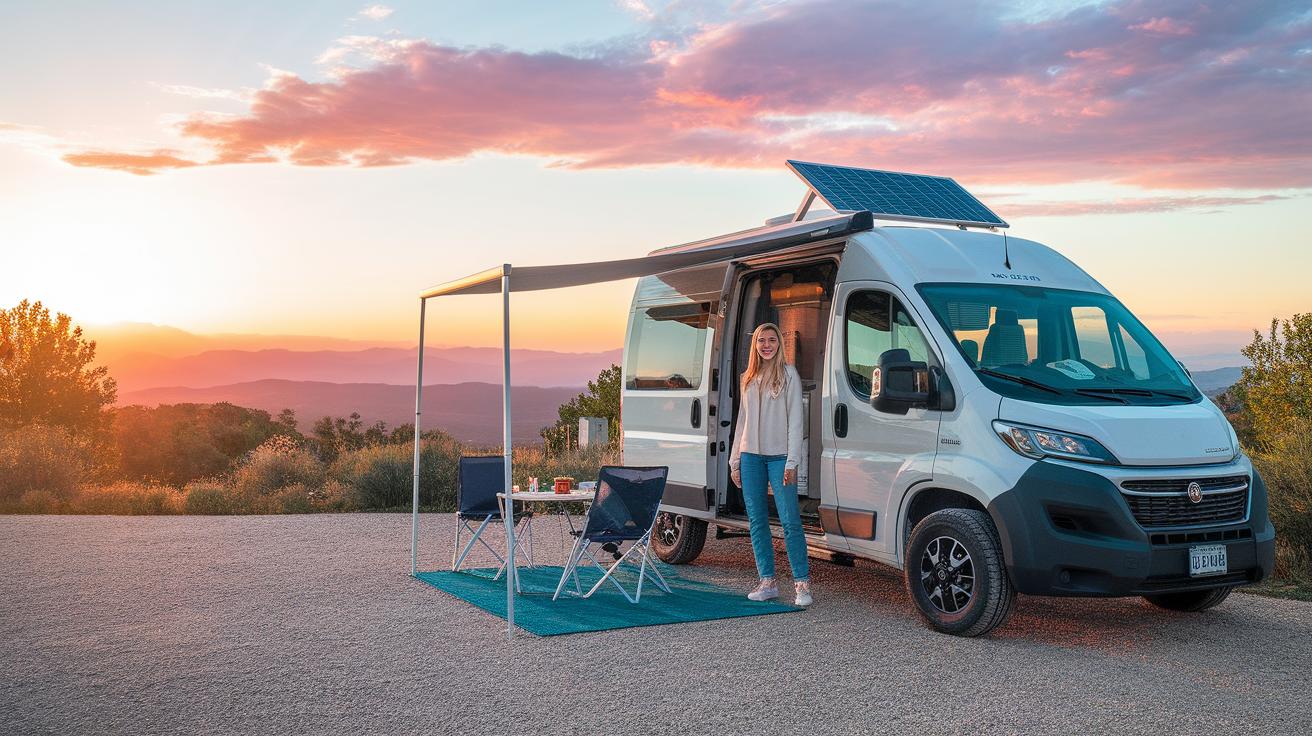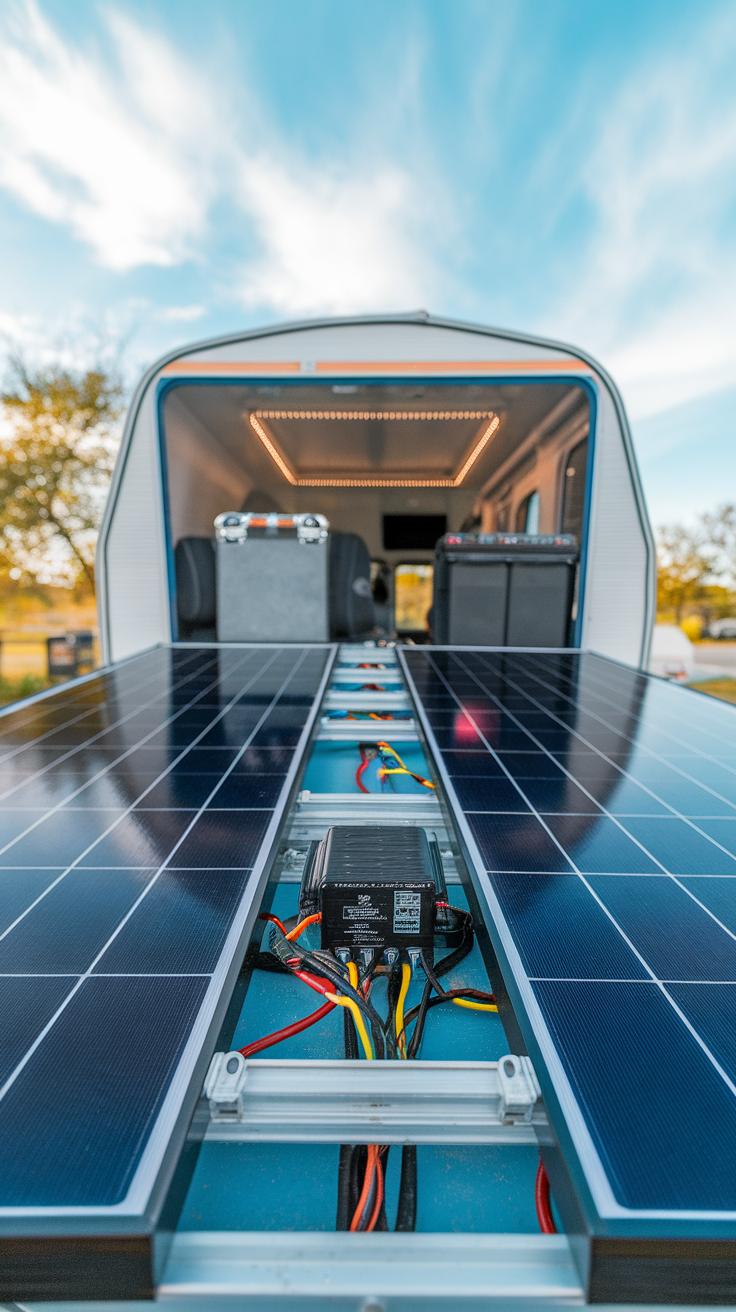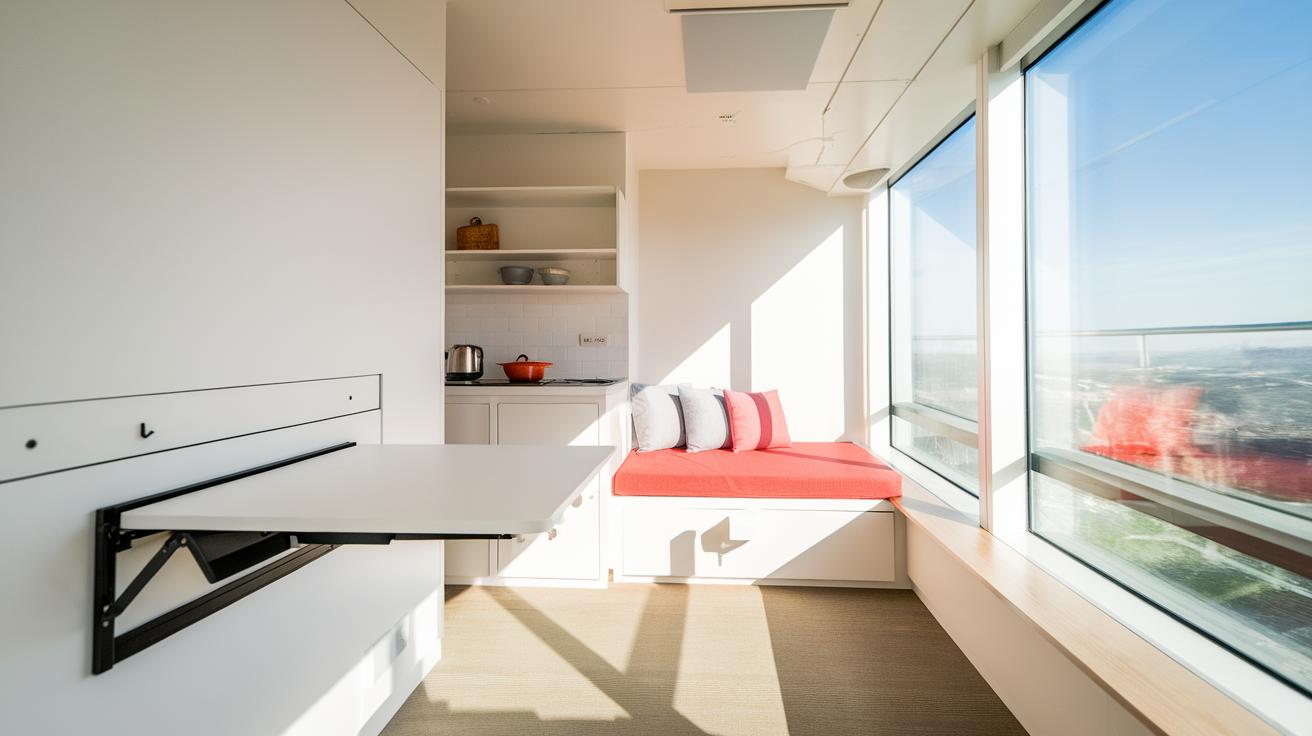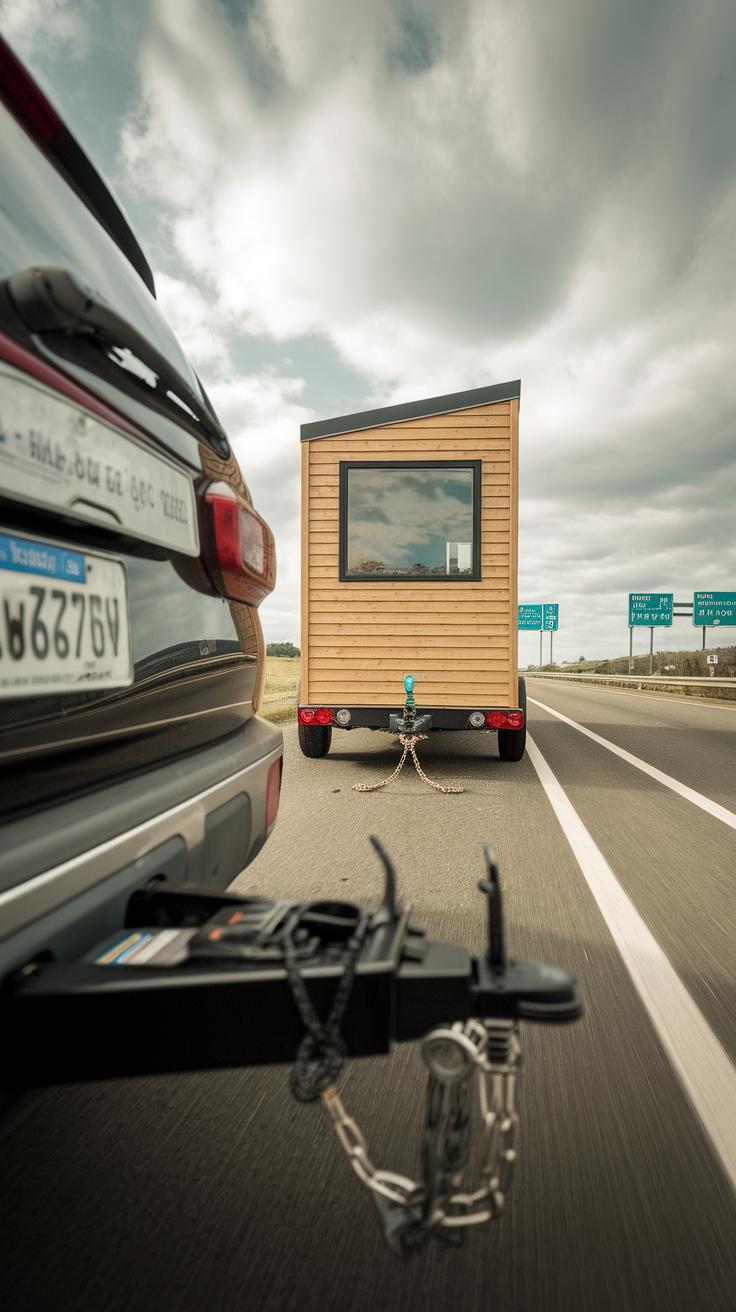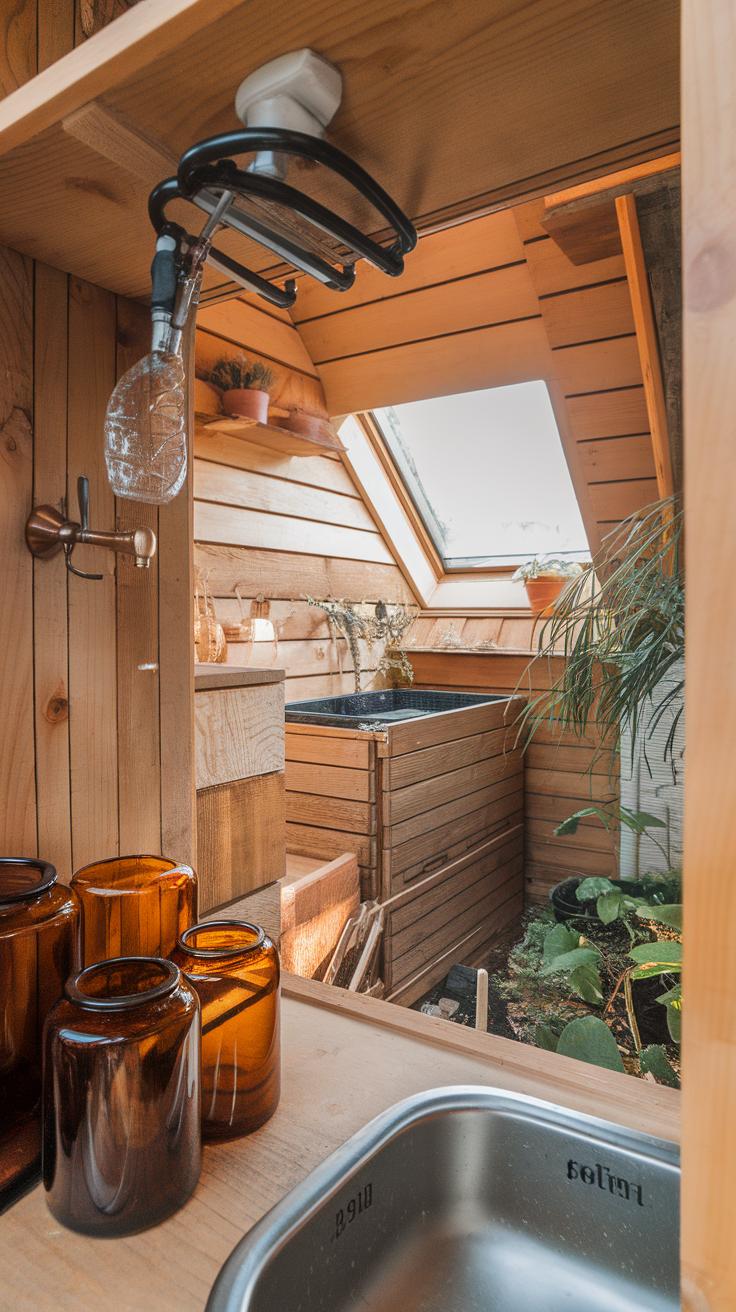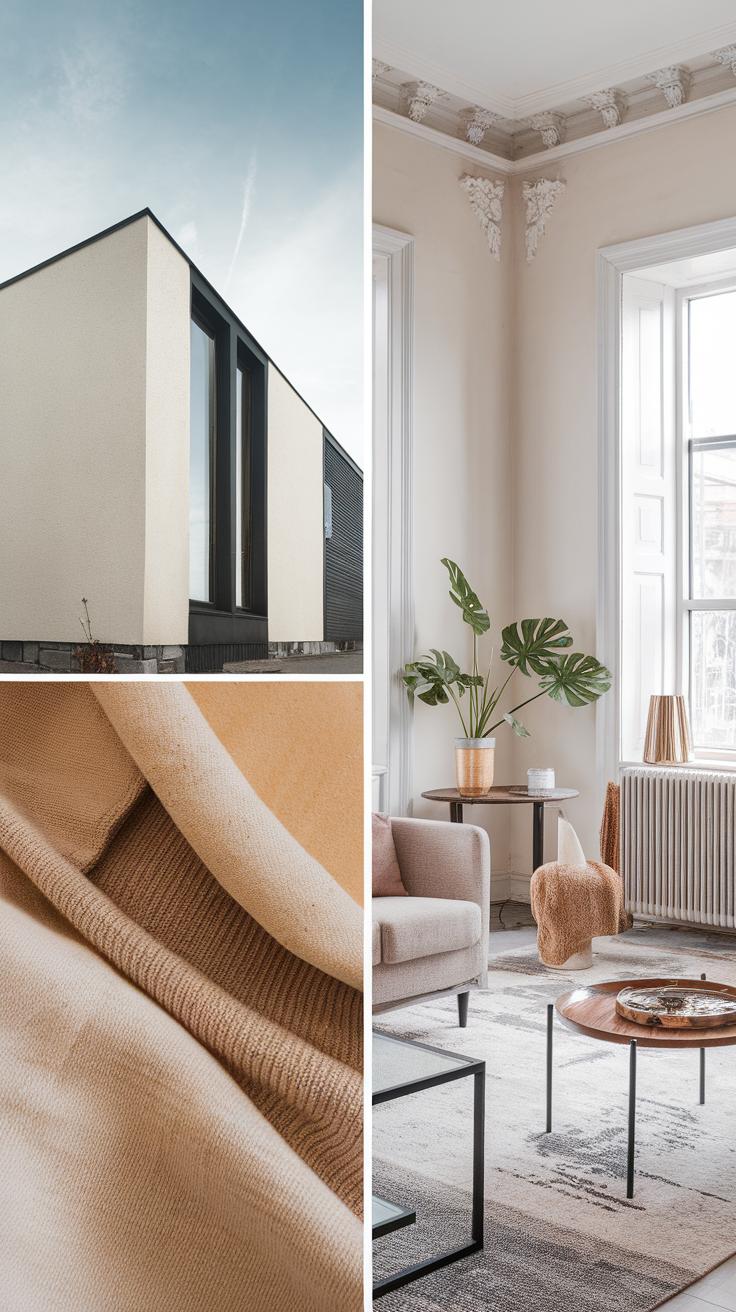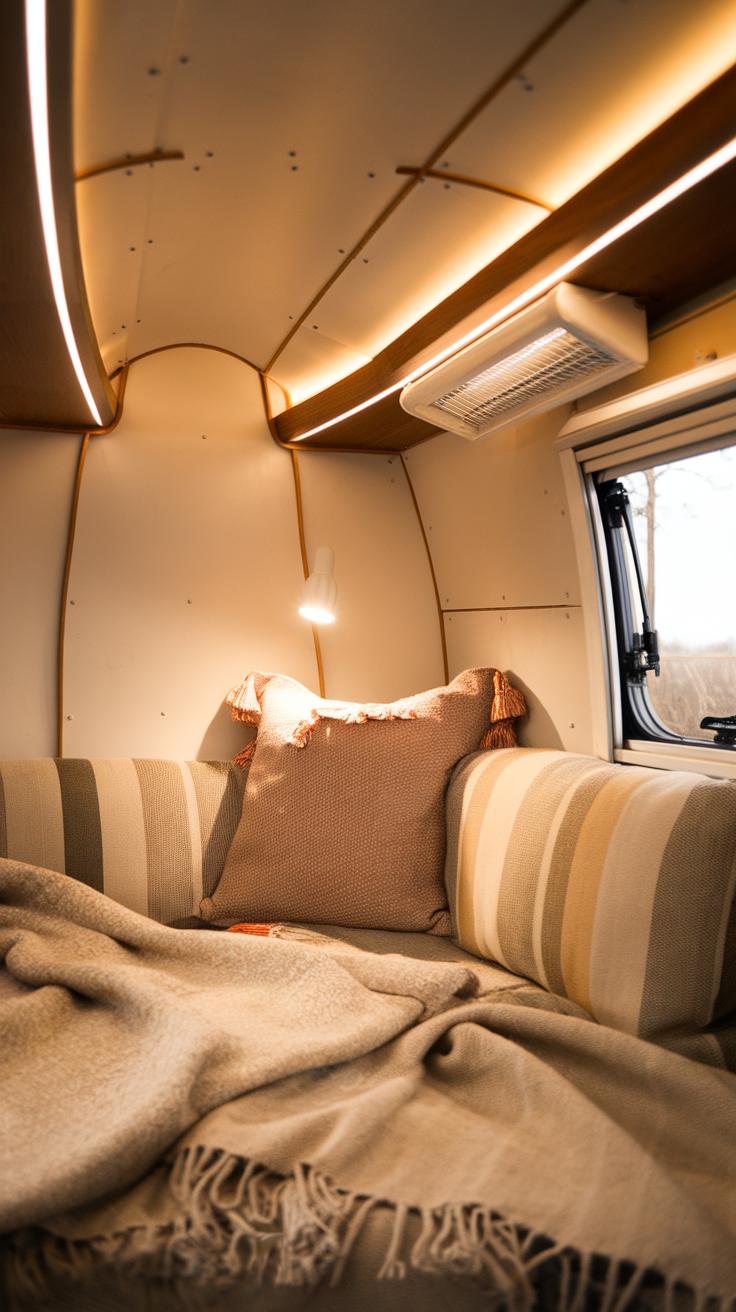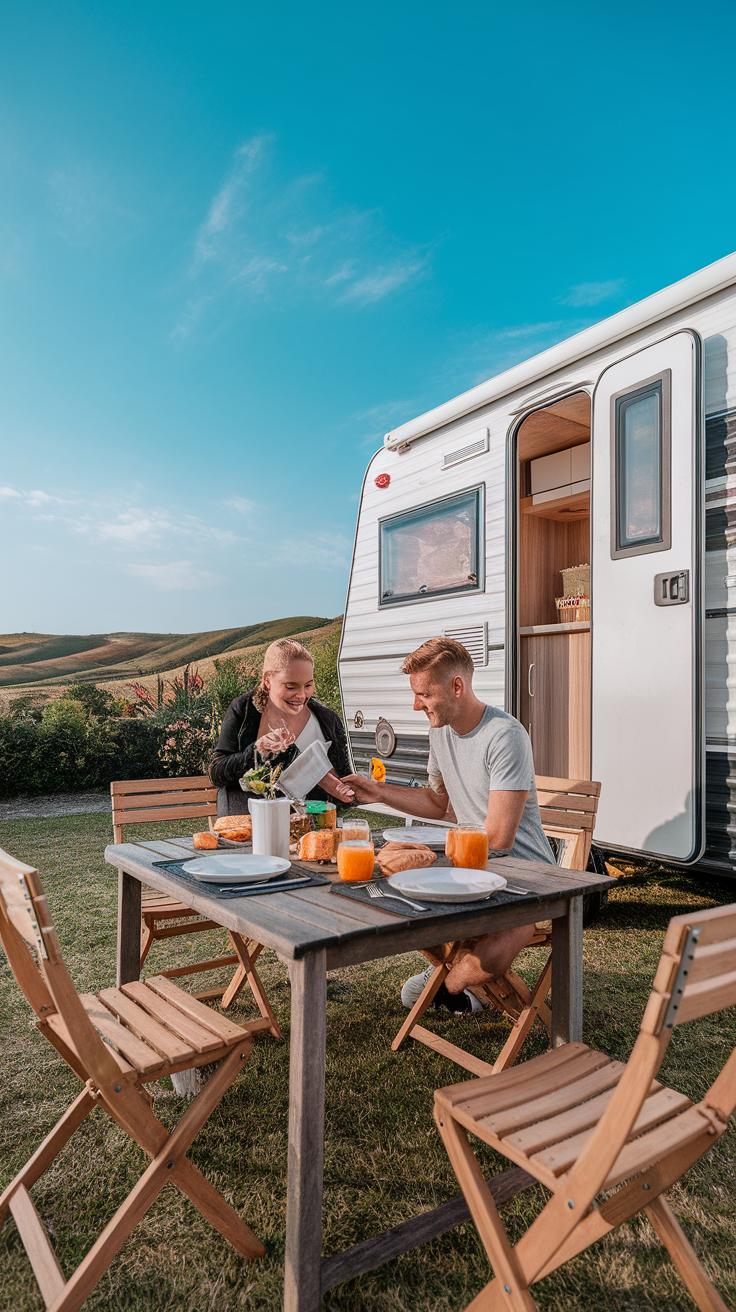Introduction
The tiny house camper lifestyle offers a unique way to live comfortably while minimizing your footprint. These compact living spaces blend mobility with smart design. You get freedom to travel and the benefits of a minimalist home. Many seek tiny house campers to downsize or cut housing costs. The trend grew from a movement focused on simple living and has evolved to include a wide variety of designs and concepts. These homes can range from small cabins on wheels to modified vans, all offering practical solutions to big housing challenges.
In this article, you will learn about the key concepts behind tiny house campers. Each idea tackles specific aspects such as space optimization, mobility, and sustainability. You will find practical tips and deeper insights to inspire your own tiny living journey. How can you create a functional yet cozy space on a small scale? What features make tiny house campers successful for long term living? We provide thoughtful answers and new perspectives for the modern compact lifestyle.
Understanding Tiny House Campers
Tiny house campers are small, mobile living spaces built onto trailers or vehicles. They fit within the tiny house movement by promoting smaller living areas that focus on simplicity and efficiency. These campers let you combine the freedom of travel with the comfort of a permanent home.
Living in a tiny house camper offers clear benefits. You reduce your expenses and environmental impact. The design encourages minimalism and helps you own only what you truly need. It also means you can move quickly to new locations without packing or renting.
Challenges include limited storage and less privacy. You must adapt to small spaces and plan carefully. Size limits usually range between 100 to 400 square feet. Balancing comfort with mobility means choosing features that maximize space but keep the camper easy to tow or drive.
How much space do you really need to live comfortably on the road? This question helps define your ideal tiny house camper size.
Origins and Philosophy
The tiny house movement began around the early 2000s as a response to rising housing costs and environmental concerns. People sought to live smaller to save money and simplify their lives. Tiny house campers emerged as a mobile version, combining minimalism with travel.
This lifestyle focuses on downsizing your possessions and prioritizing quality over quantity. Living simply means valuing experiences and freedom over material goods. Tiny house campers reflect this by encouraging a mindful approach to space and possessions.
People who build these campers often share stories about how less stuff means more time and less stress. Could living with less bring you more freedom?
Defining Features
Common features of tiny house campers include wheels that allow mobility and compact floor plans designed for efficient use of space. Multifunctional furniture—like beds that turn into sofas or tables that fold away—helps save room.
You’ll find different types based on their platforms. Trailers are common, offering flexibility and easier customization. Vans provide more stealth and agility for urban areas. Converted buses allow for larger spaces but require more maintenance.
Each type carries trade-offs between space, comfort, and ease of movement. What features matter most to you when choosing between a trailer and a converted van?
Designing for Space Efficiency
Maximizing every inch in your tiny house camper changes how you live day to day. Careful design choices help you use the available space without sacrificing comfort. Consider layouts that combine kitchen, dining, and living areas in one flexible zone. Using sliding doors instead of swinging ones saves floor room and opens up pathways.
Think about storage as part of your furniture, not just closets or shelves. Under-seat compartments, stair drawers, and built-ins keep things organized and out of the way. For example, a camper layout might place the sleeping loft above a small living room, while storage lines the walls beneath. This approach makes your camper feel more open while keeping essentials handy.
Ask yourself where unused space exists in your design. Could ceiling height become a storage wall? Can floor corners fit hidden drawers? Focusing on these details turns a compact camper into a practical, efficient home.
Multifunctional Furniture
Furniture that works in more than one way changes what your tiny camper can do. A fold-away bed transforms your bedroom into a living area during the day. Convertible tables offer workspaces that shrink when not in use, freeing up walking room.
Use benches that store gear inside or coffee tables that double as storage chests. Murphy beds or sofas that pull out into beds reduce the need for separate sleeping and sitting zones. These designs save space and add value by adapting to your needs.
How could a piece of furniture in your camper serve two roles? Exploring options like swivel chairs with hidden compartments or wall-mounted desks gives you more control over space while staying practical.
Vertical Space Usage
Looking up helps you gain room on the floor. Loft beds create separate sleeping areas above living or dining space, keeping the floor free for movement or storage. Using walls for shelves, hooks, and fold-out desks stores items vertically and avoids clutter.
Ceilings can also hold clever solutions, like retractable drying racks or hanging storage nets. Wall-mounted cabinets above kitchen counters maximize usable space without crowding the area.
Have you noticed empty wall spots that could hold shelves or hooks? Adding vertical storage can make your camper feel less cramped and more organized. Implementing these ideas keeps your floor plan open and your needs met.
Choosing Materials and Building Methods
Building or outfitting a tiny house camper means finding the right balance between weight, durability, and cost. Lightweight materials reduce the total weight, making your camper easier to tow and more fuel-efficient. At the same time, you need materials strong enough to withstand travel stresses and daily use.
Common building methods involve combining a sturdy frame with durable panels. Many builders use steel or aluminum frameworks for strength without excessive weight. Techniques like cold-formed steel framing or welded aluminum frames create solid structures that stay light. For walls and floors, plywood or composite panels often cover the frame, providing rigidity and a smooth finish.
Consider modular building techniques. Prefabricated panels with insulation built inside speed up construction and keep the camper airtight. Using standard-sized materials helps control costs and reduces waste. When planning your build, ask yourself: How will each material affect towing weight? Will it hold up in different weather? Can I source it affordably?
Lightweight Materials
Aluminum offers a great strength-to-weight ratio. It resists rust and is easy to shape. Aluminum framing and siding help keep the camper’s weight down. Plywood remains a popular choice for flooring and interior walls. It’s strong, affordable, and can be easily cut to fit tight spaces.
Composite panels combine wood fibers with plastic resins or foam cores. These panels stay light, insulate well, and resist moisture better than pure wood. Using composite panels on exterior walls and roofs prevents water damage while reducing weight. When you pick materials, think about where they’ll go. Choose aluminum for the frame, plywood for the interior, and composites on the outer shell to maximize durability and keep your camper light.
Insulation and Weatherproofing
Proper insulation keeps your tiny house camper comfortable year-round. Spray foam insulation fits snugly into small cavities and provides an air seal plus thermal barrier. Rigid foam panels also work well on walls and floors where space is limited. Look for materials with high R-values to stay warm in winter and cool in summer.
Weatherproofing protects your camper from rain, wind, and humidity. Use weather-resistant sealants around windows and doors to stop leaks. Install a durable membrane or rubber roofing to prevent water damage on the roof. For colder climates, adding a vapor barrier inside walls avoids moisture buildup that can cause mold.
Think about your climate. In hot, humid regions, ventilate your camper well and seal against moisture. In cold zones, focus on thick insulation and tight seals. Effective insulation and weatherproofing can cut heating and cooling costs drastically. How will you balance insulation thickness with space limits? What materials will best block moisture on your route?
Power and Utilities Solutions
Managing power, water, and waste in a tiny house camper requires smart, space-saving solutions that fit mobile living. Most tiny campers operate best with off-grid systems. This gives you freedom to park and stay almost anywhere without relying on hookups.
Electricity is vital but limited by your camper’s size. Prioritize energy-efficient appliances and lighting to reduce power needs. Consider compact solar setups designed specifically for small areas on your camper’s roof or sides. These systems must balance size, weight, and output.
Water storage tanks need to be just large enough for your typical stay without adding too much weight. Combining water storage with filtration lets you refill safely from natural sources. Waste disposal often relies on composting or cassette toilets that avoid bulky plumbing. These choices keep your camper lightweight and independent.
How will you manage your daily needs without increasing your camper’s size? Planning each utility with sustainability and mobility in mind helps keep your tiny house camper practical and comfortable.
Solar Power Systems
Solar panels on tiny campers must use every inch wisely. Flexible, thin panels bend to curved surfaces, making them ideal for limited space. A typical camper might use two to four panels totaling 200-400 watts, enough to power lights, fans, and small appliances.
Pair panels with lithium battery banks to store energy for cloudy days or night use. Lithium batteries hold more power in less space and last longer than lead-acid types. A solar charge controller maintains battery health by regulating flow.
Think about your daily energy habits. Are you charging devices, running a small fridge, or using a heater? Calculating your energy use guides the right system size. You might start smaller, then add panels or batteries as needed.
Is your camper ready to capture sunlight efficiently while staying lightweight and mobile? A solar setup tailored to your energy patterns will keep your tiny home powered anywhere you go.
Portable Water and Waste Management
Water systems must fit your space without sacrificing capacity. Smaller fresh water tanks range from 10 to 30 gallons, designed to fit under benches or beds. Carry additional water in collapsible jugs for longer trips. Filtration systems let you drink safely from lakes or taps by removing bacteria and sediments.
For waste, composting toilets save water and eliminate black tanks. They turn waste into compost using ventilation and absorbent materials. Cassette toilets offer a sealed tank you can empty at dump stations without plumbing. Both options free up space and reduce weight.
Greywater from sinks and showers can be collected in a separate tank or drained through a bio-filtration system compatible with local regulations. Portable greywater tanks simplify dumping and keep your camper clean.
What fits your lifestyle best—a composting toilet or cassette setup? How much water do you realistically use each day? Choosing water and waste systems tailored to mobility and conservation helps maintain comfort on the road.
Mobility and Legal Considerations
When planning to live in a tiny house camper, you must understand the legal rules that control how and where you can use it on the road. Different places see tiny house campers in various ways, such as trailers, RVs, or even mobile homes. This affects what paperwork and permissions you need. Registration, for example, requires accurate classification according to local laws. Be sure your camper fits size and weight limits for highways. Failing to meet these can lead to fines or being unable to drive your home freely.
You should check permits needed to tow or move your camper. Some areas require inspections before issuing titles. What happens if your tiny house is built on a truck chassis? That might change licensing rules. Always verify before you hit the road to avoid surprises.
Licensing and Registration
Licensing requirements vary widely. Some states list tiny house campers as recreational vehicles, while others treat them as manufactured homes on wheels. You need a driver’s license valid for towing your camper’s weight. Some places may ask for special endorsements if the camper exceeds a certain size.
Registration also depends on where you plan to drive and park. You may need proof of insurance and safety inspections. Your tiny house’s dimensions will affect if it is registered as a trailer or motor vehicle. Understanding how your jurisdiction defines tiny house campers can save you time and money. Have you contacted your local DMV or transportation department to confirm these details?
Parking and Zoning Laws
Parking your tiny house camper involves more than finding an empty spot. Many areas limit how long you can park a vehicle or camper in one place. Some cities prohibit overnight stays in campers at public parking lots or on city streets. Zoning laws often restrict where you can place your tiny house if you use it as a permanent residence.
Private landowners may allow extended parking, but municipal rules vary. Campgrounds and RV parks offer legal parking but can add costs. Before settling somewhere, check local ordinances and zoning restrictions. This can prevent costly fines or forced moves. Have you looked into how long you can stay parked legally in your intended area?
Incorporating Sustainable Features
Your tiny house camper can be a model of eco-friendly living. Reducing environmental impact begins with smart choices in how you power, build, and maintain your space. Focus on cutting energy use and minimizing waste to make your camper greener.
Consider solar panels to generate clean electricity. This option lets you avoid relying on fossil fuels and keeps your energy source off the grid. Pair solar with a battery storage system to use power anytime you need. Can you think of times when being fully off-grid would add freedom during your travels?
Water-saving fixtures and composting toilets help reduce waste and conserve resources. Managing greywater through simple filtration systems also lessens pollution. Keeping waste low frees you from constant dump station visits and cuts your footprint on the environment.
Energy Conservation
Choose appliances designed to use less energy, like 12-volt refrigerators and induction cooktops. LED lights stand out as efficient, durable, and bright options that draw minimal power. Dimmers or motion sensors can further lower energy use by making lights work only when needed.
Keep your camper insulated well to reduce heating or cooling needs. Windows with double glazing balance light with temperature control. Have you checked how much energy your current appliances consume? Making small swaps can result in big savings over time.
Eco-Friendly Materials
Focus on materials that leave a lighter footprint. Bamboo flooring offers fast growth and durability. Reclaimed wood gives character and keeps old materials out of landfills. Low-VOC paints improve indoor air quality and reduce harmful emissions.
Metal or recycled steel frames resist damage and can be recycled again at the end of their life. Natural insulation like sheep’s wool or cellulose avoids synthetic chemicals and improves air quality. What materials can you find locally that reduce transportation emissions?
Interior and Exterior Styling
Minimalist Interior
Your tiny house camper benefits from clean lines and neutral colors. These design choices help create a feeling of openness. When you pick white, beige, or soft gray walls, light bounces around better, making the space feel larger. Simple décor supports this effect without adding visual clutter. A well-chosen piece of art or a small plant draws your eye without overwhelming you.
Consider furniture that doubles as storage or folds away. This keeps the floor clear and your space functional. Avoid heavy patterns or too many colors, which can make the camper feel tight. Ask yourself which items really improve your daily life and keep only those.
How does your current setup make you feel? Does it invite relaxation, or do objects crowd your vision? By choosing simplicity, your tiny camper becomes not only stylish but easier to live in.
Exterior Customization
Painting the outside of your tiny camper allows you to express personality while protecting it from weather. Choose durable, weather-resistant paint that matches your taste and climate. Light colors reflect sunlight and help keep the camper cool. Darker shades absorb heat but may blend better in forested or urban areas.
Consider adding patterns or designs that feel personal but aren’t too busy. Stripes, geometric shapes, or nature-inspired motifs make your camper stand out on the road or at a campsite. Using sealants after painting preserves the finish and prevents moisture damage.
Have you thought about using metal cladding or wood siding? Both add texture and character while serving practical purposes. Customizing the exterior creates curb appeal and keeps your tiny home protected no matter where you go.
Maximizing Comfort in Compact Living
Your tiny house camper can be cozy without feeling cramped. Pay attention to how you manage temperature, block noise, and create ease of movement inside your space. Good comfort starts by controlling the climate whether you’re parked under the sun or in cold weather. Think about where you place vents and windows for natural airflow, reducing stuffiness.
Choose furniture and fixtures that fit your body well and support your daily tasks. Ergonomic design prevents aches after long hours inside. Consider foldable or multipurpose pieces that adjust to your needs. Make private areas by using curtains or sliding panels, creating small retreats in your camper.
Noise can disrupt your rest or work. Place dense materials on walls or floors to lessen sounds from outside. Reflect on how you arrange your sleeping zone away from noisy appliances. Have you tested your camper’s layout to see if it feels open but also private? Comfort grows with thoughtful details tailored to your lifestyle.
Heating and Cooling
Portable heaters offer warmth without needing permanent installation. Models with auto shut-off provide safety if you forget to turn them off. Small fans improve air circulation and lower humidity inside your camper. Choose ones running quietly so they don’t disturb your sleep.
Ventilation keeps fresh air flowing. Roof vents or small windows that open fully help remove heat quickly on warm days. You could also use battery-powered vents for off-grid spots. Have you experimented with opening windows on opposite sides to create cross breeze? These simple moves make a big difference in comfort.
Noise and Privacy
Walls lined with foam panels or thick curtains reduce outside noise. You might add rugs or mats that absorb sound, especially if your floor is wood or metal. Place your bed in a corner away from doors or windows for fewer interruptions.
Use room dividers or sliding screens to separate sleeping or work areas. This lets you retreat without shutting yourself completely off from the rest of the camper. Think about where sounds echo or concentrate, and add soft materials there. Can you create a quiet corner that helps you rest or focus better?
Financial Aspects and Budgeting
Initial Investment
Your first step is understanding the cost of buying or building a tiny house camper. Buying ready-made can run anywhere from $30,000 to over $100,000 depending on size, materials, and features. Building your own might lower upfront costs but requires time, tools, and skills.
Major expenses include the trailer, framing materials, insulation, windows, plumbing, and electrical systems. Custom interiors and appliances add to the total. If you hire professionals, labor costs will increase. Planning your design carefully can help avoid costly changes later.
Will you prioritize off-grid features or stick to basics? Your choices influence your budget. Research costs for each part before you start. Getting multiple quotes helps you compare prices and spot deals.
Ongoing Costs
Owning a tiny house camper means planning for regular expenses beyond the initial investment. Maintenance on wheels like tires, brakes, and axles requires attention and budget. Seasonal upkeep like sealing leaks matters too.
Utility costs, including propane, electricity, and water, vary depending on your setup. Off-grid systems may cost more upfront but reduce monthly bills. When traveling, fuel and campground fees add up and should be factored in.
Insurance is another ongoing cost. Rates differ based on your camper’s value and where you park it. Keeping a small emergency fund saves stress if repairs arise. How will your daily habits impact these costs? Tracking them early sets you up for smoother financial management.
Living the Tiny House Camper Lifestyle
Moving into a tiny house camper calls for changes in how you live every day. Your space shrinks, but your habits grow. You start valuing what you own and use more carefully. Every item must earn its place. This lifestyle cuts down clutter and focuses on needs rather than wants.
You may feel closer to nature or community. Being mobile lets you explore new places and meet different people. However, tiny living also asks for patience. Adjusting to limited space means learning new routines for cooking, cleaning, and relaxing. Your emotional connection to simplicity often deepens as you embrace minimalism.
How will your social life evolve? What new daily habits will shape your routine? This lifestyle invites you to think differently about comfort, freedom, and the meaning of home.
Community and Social Interaction
Owning a tiny house camper often means joining a wider network of like-minded people. Online forums, local meet-ups, and tiny house festivals offer places to share tips and stories. Many tiny dwellers form strong bonds over common challenges and victories.
Some communities organize group camping trips or build tiny house villages. These connections provide both emotional support and practical help when needed. Connections might start with simple conversations about trailers or solar setups, but they grow into lasting friendships.
Do you see yourself building new friendships on the road? How will these communities support your tiny house journey?
Freedom and Challenges
Your tiny house camper opens doors to new adventures and flexibility. You can relocate on a whim, chase better weather, or test out different lifestyles. This mobility breaks many traditional limits that a fixed home imposes.
At the same time, downsizing means making sacrifices. Storage space is tight. Privacy can be harder to find, especially with more people in the space. Routine maintenance takes effort to keep the camper ready for travel.
Balancing freedom with these realities shapes your daily life in a tiny home. What freedoms matter most to you? What compromises are you willing to make for them? This balance defines the heart of tiny house camper living.
Conclusions
Choosing to live in a tiny house camper brings many practical benefits tied to simplicity and mobility. You gain control over your living environment while reducing costs and footprint. Smart design and efficient use of space make small areas feel comfortable and functional. You can customize your camper to fit your needs, whether for travel, minimal living, or emergency housing. This lifestyle encourages you to focus on essentials and live with less clutter.
Consider your personal priorities and envision how a tiny house camper could support your goals. The legal and practical aspects may require some research, but many resources and communities exist to help you along the way. With careful planning, your tiny living dream can become a rewarding experience full of freedom and flexibility. What features will you include to make your space feel like home wherever you go?

